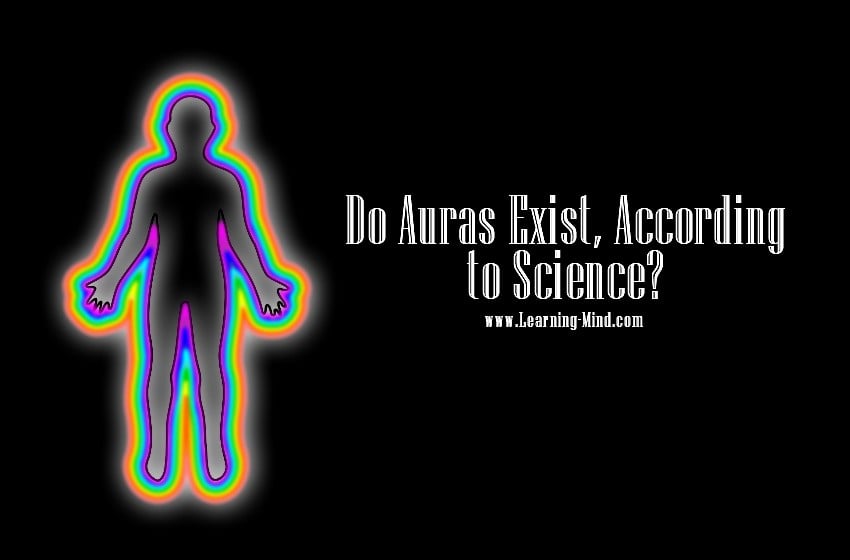
If you are into spirituality, you have probably heard about the aura, the subtle body, and the human energy field. But the real question here is: is there any scientific proof that auras exist? Let’s see what science says about the concept of the human aura.
In 1939, Soviet researcher Semyon Kirlian discovered a curious effect. He placed an object on photographic paper and passed a high voltage across it. The photography that resulted from this process would show a glowing aura around the object.
This is what later became known as Kirlian photography or the Kirlian effect.
Evidently, New Age spiritualists and parapsychologists claimed that this was an object’s biofield or aura. For example, you can see the Kirlian effect in the photograph of tomatoes below:
Similar photographs of inanimate objects like coins, leaves, and finally, even human body parts have been taken.
Looks convincing, doesn’t it? Unfortunately, this isn’t the case. Later studies showed that the Kirlian aura has to do with an object’s moisture. Any living thing, from a vegetable or plant to a human, has a certain level of moisture. It turned out that electricity created an area of gas ionization around the object, which lead to changes in the electric charge on the film.
Thus, scientific experiments showed that Kirlian photography had nothing to do with spiritual concepts like the aura.
At the same time, we all know that certain people are able to perceive energy and see auras. Some even claim that they can see distinct aura colors and offer their interpretation of those.
Again, science doesn’t offer any evidence of psychic phenomena here. Experiments demonstrate that aura readers’ experiences are basically visual illusions. The specific illusion that could explain the visual perception of auras, according to science, is called the afterimage. You experience it when you look at the sun or any bright object and then continue to see its glowing silhouette for a few moments.
But why do some people see auras and others don’t, according to science? Neurologists claim that certain brain disorders and effects may be responsible for those visual experiences. Some examples include epilepsy and migraines.
Unfortunately, to date, there is no valid scientific evidence that auras exist. However, this doesn’t mean that we should entirely refute their existence.
After all, humankind is in the constant process of exploring the universe and the way it works. If there is no scientific confirmation of certain phenomena, it doesn’t necessarily mean they don’t exist.
A few centuries ago, people believed the Earth was the center of the universe, remember? Scientists who were ahead of their time were executed, such as Giordano Bruno, or misunderstood, such as Nikola Tesla.
I believe we still know very little about the universe in order to claim anything with certainty. So the best approach here is to remain open-minded without believing blindly in anything.
View Comments
Let's do it need desperately
seeing your aura is impossible, but we do have an energy field around our body. The energy field is not an electromagnetic one though, it has nothing to do with magnetism.
i believe aura really exist and i think its dangerous to learn or to study because once you understand it will allow you to do something good or bad that mankind could ever imagine, that's why no one is showing how to study or learn it, for now im using the most possible way to unlock it " meditate " ( just saying what's on my mind ^_^ and sorry bout my english XD )
Wouldn't Auroras be a visualization of the Earths magnetic field, more or less like an aura? I am confident that electromagnetic fields can be measured and that different frequencies can be given different colours, and as such can be seen on a monitor. But I am not confident over this articles claim as there are no reference.